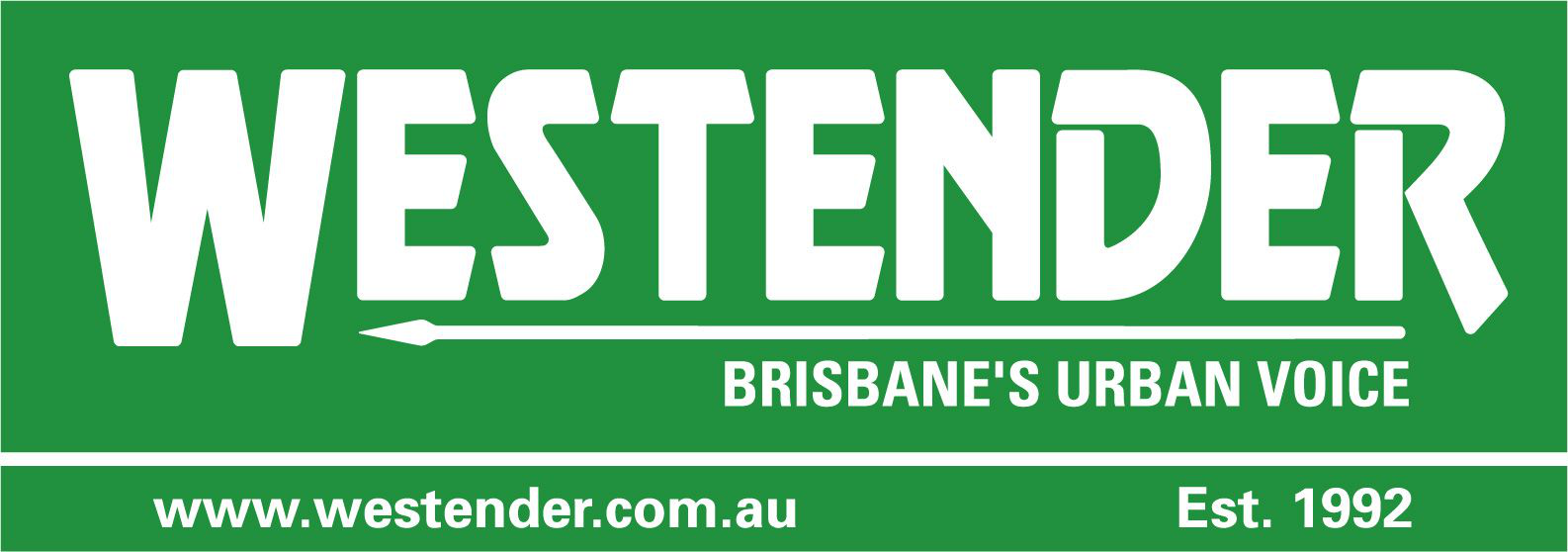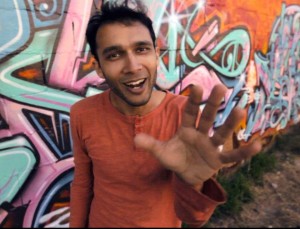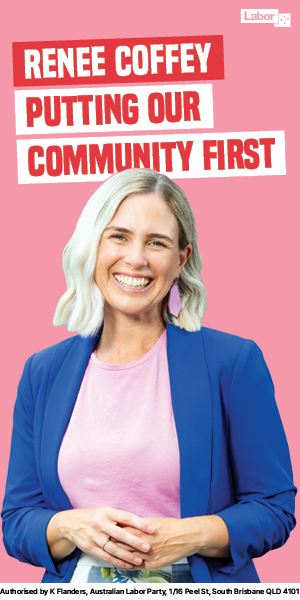Jonathan Sri, Greens Candidate for The Gabba Ward, looks at the changes he would like to see in West End’s retail heart.
Urban development is a tricky beast. Most people now accept that inner-city densification is generally going to be more economically and environmentally sustainable than suburban sprawl of the kind Brisbane has seen in recent decades. But the devil’s in the detail, and I often feel like planning discussions and debates in suburbs like West End are characterised by a general failure to articulate what kind of future we’re working towards.
Certainly we have neighbourhood plans (often out-of-date) with height limits and density targets, but we’re a long way from a general community consensus as to what kind of social and cultural landscape we’re hoping to create. The absence of a clear vision means change is driven primarily by property developers and big business, whose core interest is profit.
Boundary Street is an interesting case study in this respect. Much has been written about its history, but I’ve seen surprisingly little community discussion about its future. Many residents feel a sense of powerlessness and inevitability about its transformation. This is because property developers and banks use political donations to exert significant influence over government decision-makers. With council elections coming up in March next year, now is the time to imagine what kind of neighbourhood we’d like to create, and let that vision define council policies, rather than letting the big end of town run the show. And while we’re at it, banning developers from donating to politicians will help stop the dodgy deals.
I once lived in a cramped five-bedroom sharehouse in the heart of Boundary Street. We were next door to Charlie’s fruit shop, behind and upstairs from three small businesses. We made great use of our location, hosting the weekly Courtyard Conspiracy nights which have since attained semi-mythical status within West End’s DIY music scene. We lost our residential lease when one of the downstairs businesses decided to expand (the town planning geek in me can’t help feeling a little disappointed that a space which was previously home to seven adults is now empty for most of the day, and only occasionally used as restaurant seating for special functions).
My time in that house taught me that Boundary Street is an amazingly complex ecosystem. The construction of high-end luxury apartment towers has an inflationary impact on the whole neighbourhood – nearby residential and commercial rents rise rapidly, forcing long-term residents and small businesses out of the area. Contrary to popular rhetoric, increasing the supply of properties doesn’t necessarily improve affordability, because the main buyers of new apartments and shops aren’t owner-occupiers. They are wealthy investors who can comfortably outbid first home-buyers, and have no qualms about jacking up the rent. Supply consistently fails to meet demand, because the demand for profit is insatiable.
But this isn’t as simple as ‘free markets versus over-regulation’ or ‘landlords versus tenants’ or even ‘developers versus residents’. It’s about vision and community consensus. Do we want Boundary Street to end up as a carbon copy of Queen Street Mall? If not, what should we do to avoid that?
Here are some predictions of likely changes to Boundary Street, based on patterns in other cities:
- Council will reclaim some street parking for footpaths, making cycling safer and providing additional public space for pedestrians to congregate in (yay!). Not long after, BCC will seek to privatise and commodify this public space as footpath dining, benefitting high-end restaurants and wealthy customers to the exclusion of poorer community members (boo!)
- local small businesses that provide basic goods and services will continue closing down, replaced by fine dining and chain stores selling high-end fashion and luxury consumer goods
- in spite of the current council’s mindless preoccupation with car-centric transport, common sense will eventually prevail and the speed limit will be reduced (hopefully to 20kph)
And here are some changes I’d like to see but which probably won’t happen in the current political environment:
- replace street parking with trees, herb gardens, bike racks and covered public seating, but leave loading zones and disability parking spots (move the taxi rank to Russell Street)
- add zebra crossings at Wilson Street and up near Fat Carrot
- turn the old police station into a food co-op and community centre
- offer rates cuts and tax incentives for local small businesses
- rewrite noise regulations so that live music venues can host local bands later at night (and force developers to properly sound-proof new apartment blocks)
- ban gambling from Boundary Street (I don’t care how many jobs it creates – it does more harm than good)
- use a deliberative participatory democracy system to allow the community to veto large monopolistic companies who seek to set up shop on the strip
- install free council wifi everywhere
Boundary Street is a meeting place for rich and poor alike, and future planning decisions must reflect this. I’d like it to remain a local commercial centre where residents can buy their bread and veggies, but its role as a social and cultural hub for the wider city can’t be ignored. As wealthier businesses and residents move in, the supply of public space and affordable housing must also increase. New developments must prioritise active transport over private vehicles, and connect meaningfully with the street rather than walling residents away into vertical gated communities.
Above all, we must shift decision-making power away from property developers and city hall and back into the hands of the community. Ordinary citizens should claim the right to have a say in the future of Boundary Street. That means that opinion pieces like this one should be the start of a conversation, rather than the final word.



